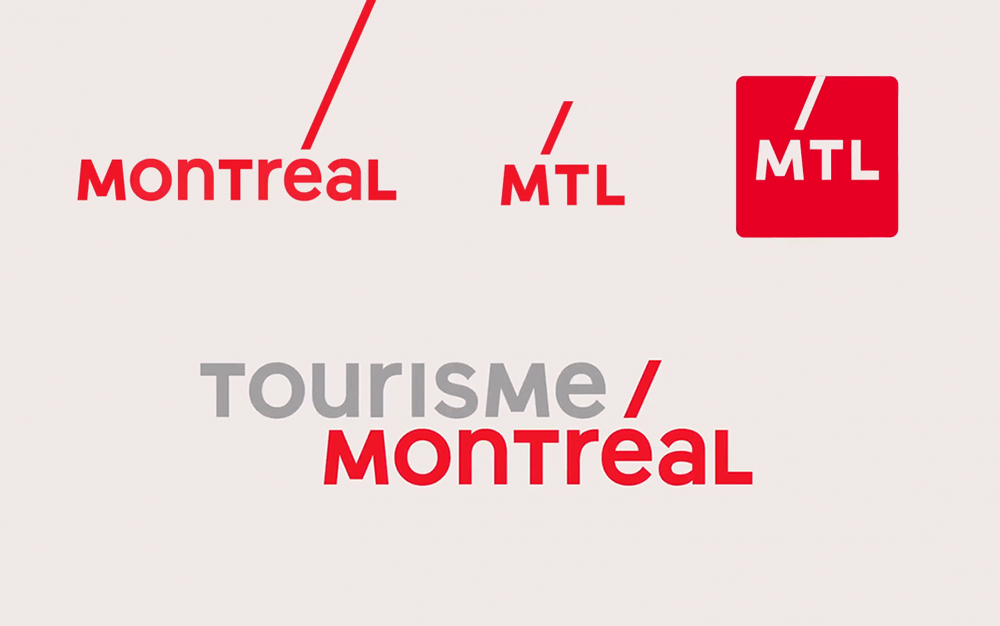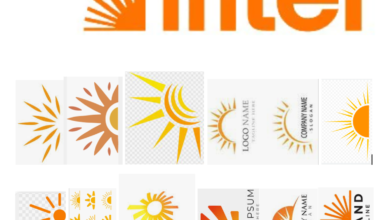[ad_1]
Imagine you’ve just stepped into a yellow taxi on 5th Avenue.
You glide along the pavement beneath giant, shining skyscrapers while the smell of fresh pizza wafts in through the window to ignite your appetite, and suddenly, you step out into the bright lights of Times Square where the energy is nearly palpable.
Even if you’ve never been to New York, you knew what city I was describing because New York’s destination brand is universally recognizable.
Destination branding is a marketing concept that involves communicating the feelings, culture, and overall mindset people experience when visiting a place.
Branding a destination is challenging because it involves variables that can’t be fully controlled, like how food tastes at a restaurant or what the weather is like.
If place branding is so abstract, what does it take to successfully market a destination brand?
To answer this question, here’s an explanation of why destination branding is so important, as well as three examples of brands who succeed at the challenge.
Destination Branding: Competing For Tourism

When Milton Glaser designed the “I Love New York” logo in 1977, he intended the campaign to last just a few months. Much to his surprise, that slab serif typeface and pop art heart became a lasting icon for the city that reigns today, almost 40 years later!
The “I Love New York” campaign succeeds because it has consistently brought international tourists to New York, and along with them, their wallets.
In 2013, the World Travel and Tourism Council released a report that placed the global economic contribution of the tourism industry at nearly 7 trillion dollars.
Because the tourism industry is so valuable to economies at the city, state and national level, it’s no surprise the industry is fiercely competitive. Tourism brands have to convince travelers why they should visit their city instead of another one, and they have to create an experience which keeps visitors coming back for more.
Montréal, Minnesota, and British Columbia are three examples of destination brands that have recently launched new campaigns to deepen their connection with consumers, attract new visitors, and more accurately reflect their modern identities.

Montréal’s city branding campaign is managed by Tourisme Montréal, an established non-profit created just under a century ago. While Montréal has deep roots in French history, it’s also been gaining an international reputation as a hub for technology and innovation.
Recognizing how Montréal’s brand identity had evolved, Tourisme Montréal launched an effort to rebrand the city in 2014.
To get an understanding of how the world perceived Montréal, the nonprofit began gathering feedback from local communities, partners, employees and tourists.
After conducting surveys and focus groups, the tourism agency had gathered a general consensus: Montréal is a “vibrant and modern city that exudes warmth and creativity, and is known for its eclectic and irreverent personality.”

By inviting Montréal’s community to express their own views on the city, Tourisme Montréal was equipped with the foundation they needed to properly represent the city and everything it stands for.
Montréal’s new visual brand was created by Lg2Boutique, a Canadian agency specializing in brand identity, strategy and design.
According to a press release, the new brand identity is meant to evoke a “creative, energetic and dynamic city that’s always on the cutting-edge of new discoveries and experiences.”
This new brand features a modernized logo that can be easily adapted to photos and graphics. This logo appropriately emphasizes “M-T-L” and thoughtfully incorporates a dramatized acute accent (é).
This is important because it hints at Montréal’s French identity without overwhelming the rest of the design.

Montréal’s logo appears in full over photographic accents, offering glimpses into the city’s culture: a close-up of a hockey puck hints at recreational activities; a dancer alludes to the city’s artistic offerings; a concert scene illustrates Montréal’s lively culture.
The identity system successfully evokes the intention of the rebrand — to show how the city is intensely creative, dynamic, and ever-evolving.
2. Explore Minnesota: The Social Media Advantage

Explore Minnesota saw an opportunity to expand their destination branding efforts after their previous advertising campaign generated an 8×1 ROI.
Explore Minnesota’s new campaign is titled “Only in Minnesota” to help celebrate the unique attractions and adventures that travelers will only find in the Land of 10,000 Lakes.

The identity was created by Colle + McVoy, a full-service agency that focuses on modernizing brands.
According to the agency, the “Only in Minnesota” or #OnlyinMN campaign “rejects the unattainable postcard vistas of other travel campaigns and highlights the one-of-a-kind experiences today’s travelers are not only seeking out, but also capturing, posting, tweeting and sharing with friends and family.”
In their attempt to stand out from other travel campaigns — specifically, cities in the Midwest — Explore Minnesota leverages digital storytelling to elicit a sense of wanderlust in travelers.

In addition to posting enticing travel photos branded with the campaign hashtag, #OnlyinMN on Instagram, Explore Minnesota invites people to join in on the conversation and tag their photos for a chance to be featured.
This 30-second TV-spot tells the story of a group of friends as they head to Boundary Waters Canoe Area, a popular destination for nature lovers. After showcasing a variety of outdoor adventures that visitors can experience, the video ends with the line “this kind of trip happens only in Minnesota” to reinforce the core values of the campaign.
By taking advantage of digital platforms and social media, Explore Minnesota creates a differentiated destination brand that both stands out from other Midwestern states and exists powerfully on its own.
For more inspiration on destination branding in the United States, visit the Explore Branson Brandfolder.
3. British Columbia: Repurpose a Tagline For Deeper Meaning

With vast stretches of ocean coastline, colossal mountain ranges, and lush green forests, British Columbia is known for its diverse geography. Thanks to Destination British Columbia, the province’s destination branding corporation, people who haven’t been to British Columbia still know the province as such.
For the past 30 years, British Columbia has successfully used the slogan “Super, Natural British Columbia” to appeal to travelers. Since Destination British Columbia found that this slogan still represents their core values and resonates strongly with people, they decided to use it in their new visual brand.
According to the marketing team at Destination British Columbia, they wanted to “bring out the emotional strength of this tagline in deeper and more powerful ways.”

With nature at the core of their rebrand, Destination British Columbia used a custom wood print font that evokes its raw, wild essence.
In addition to a custom font, they designed a new color palette that draws inspiration from the province’s land itself, with names like “Lichen Green” “Oxide Rock” and “Orca Black.”

Lastly, these new brand elements are accompanied by a collection of beautiful photography which creates a sense of longing for the wilderness.

With a elegant on-brand visual identity that stays true to their brand’s roots, British Columbia’s destination brand comes together to reinforce key values and generate local and international interest in visiting the province.
How to Excel at Destination Branding

While Montréal, Minnesota and British Columbia all approached their destination branding differently, there are a few key lessons to learn from each.
- Create a thoughtful, visual brand.
- Whether you engage in historic research or launch your own focus groups, Tourisme Montréal proved that a city’s visual designs should be influenced by public perception.
- Get your target market involved.
- By using social media to engage tourists in their branding campaign, Explore Minnesota effectively created an experience that people actively wanted to participate in.
- Show off your uniqueness.
- Destination British Columbia’s custom font and nature-themed color palette tell a story that is unparalleled. Likewise, you should proudly represent your destination’s unique offerings in your visual brand.
If you need a great place to store, share and showcase your destination brand, click below to learn more about Brandfolder.

Michelle Polizzi is the Content Coordinator at Brandfolder, a user-friendly tool for brand asset management. When she’s not busy creating content, you can find her bicycling around Denver or catching a live concert. She’d love to connect with you on LinkedIn.
Source link







